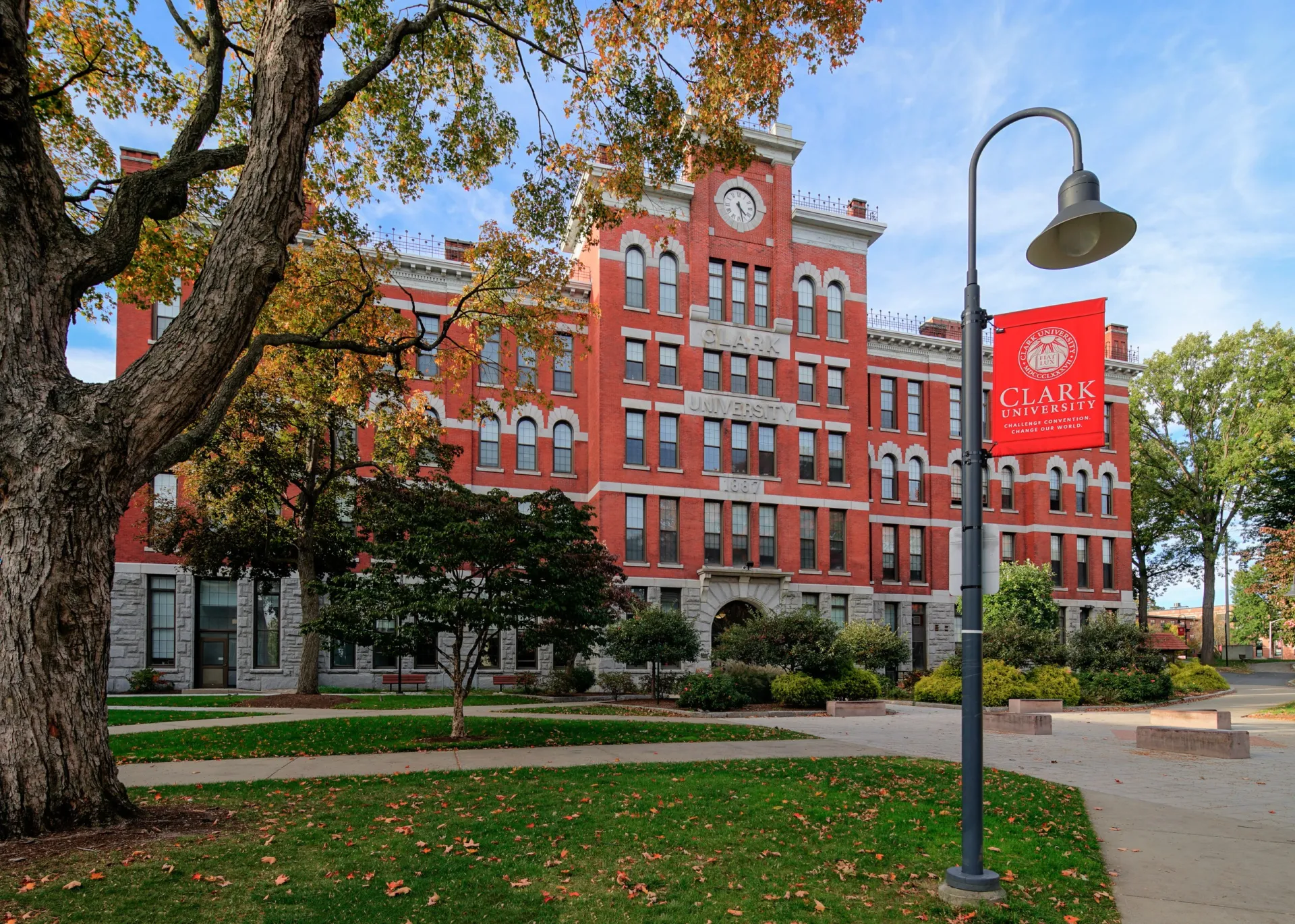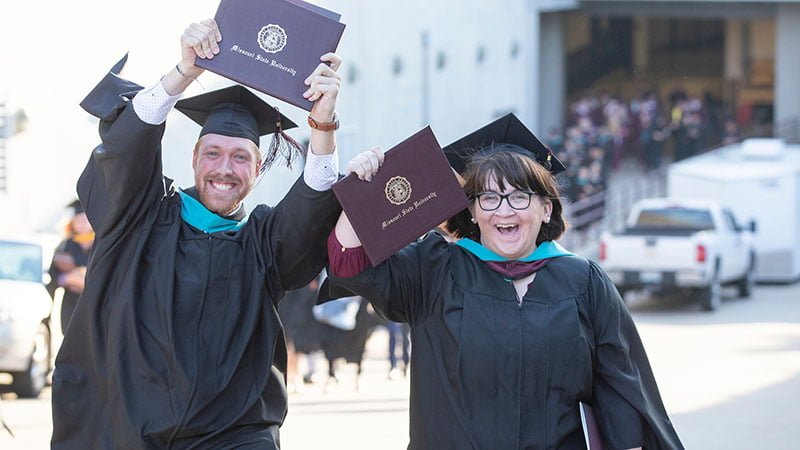
What are the Requirements for Studying in the United States?
Studying in the United States requires a great deal of preparation and planning. In order to be eligible to study in the United States, international students must meet certain requirements.
First, international students must obtain a student visa. This visa must be obtained from the U.S. Embassy or Consulate in the student’s home country. The student must provide evidence of financial support, proof of admission to a U.S. school, and a valid passport.
Second, international students must demonstrate proficiency in English. This can be done by taking the Test of English as a Foreign Language (TOEFL) or the International English Language Testing System (IELTS).
Third, international students must have a valid passport and a valid visa. The student must also have a valid Form I-20, which is issued by the school the student is attending.
Fourth, international students must have proof of health insurance. This insurance must cover medical expenses, hospitalization, and repatriation.
Finally, international students must have sufficient funds to cover tuition, living expenses, and other costs associated with studying in the United States.
By meeting these requirements, international students can begin their journey of studying in the United States.
How to Find the Right School for You in the United States?
Finding the right school for you in the United States can be a daunting task. With so many options available, it can be difficult to narrow down your choices. However, by following a few simple steps, you can make the process easier and find the school that best fits your needs.
First, consider your academic goals. Are you looking for a school that offers a specific major or program? Do you want to attend a large university or a smaller college? Knowing what you want to study and the type of school you prefer will help you narrow down your choices.
Second, research the schools that meet your criteria. Look at the school’s website and read about the programs they offer. Talk to current students and alumni to get a better understanding of the school’s culture and atmosphere.
Third, consider the cost of attendance. Tuition, room and board, and other fees can add up quickly. Make sure you understand the financial aid options available and how much you will need to pay out of pocket.
Fourth, visit the schools you are considering. Seeing the campus in person can give you a better sense of the school and help you decide if it is the right fit for you.
Finally, trust your instincts. After researching and visiting the schools, you should have a good idea of which one is the best fit for you. Follow your gut and make the decision that feels right.
By following these steps, you can find the right school for you in the United States. Good luck!
What are the Different Types of Student Visas for Studying in the United States?
Studying in the United States requires a student visa. There are several types of student visas available, each with its own requirements and restrictions. The most common types of student visas are the F-1 visa, the M-1 visa, and the J-1 visa.
The F-1 visa is the most common type of student visa. It is for students who are enrolled in an academic program or English language program. To qualify for an F-1 visa, students must be accepted into a full-time program at an accredited school in the United States. They must also demonstrate that they have the financial resources to cover their tuition and living expenses.
The M-1 visa is for students who are enrolled in a vocational or non-academic program. This type of visa is typically used for students who are enrolled in a technical or trade school. To qualify for an M-1 visa, students must be accepted into a full-time program at an accredited school in the United States. They must also demonstrate that they have the financial resources to cover their tuition and living expenses.
The J-1 visa is for students who are participating in an exchange program. This type of visa is typically used for students who are participating in a cultural exchange program or a work-study program. To qualify for a J-1 visa, students must be accepted into an approved exchange program. They must also demonstrate that they have the financial resources to cover their tuition and living expenses.
Each type of student visa has its own set of requirements and restrictions. It is important to research the requirements for each type of visa before applying. Additionally, it is important to understand the restrictions associated with each type of visa, as they can vary depending on the program and the country of origin.
How to Prepare for the US College Admissions Process?
The college admissions process in the United States can be a daunting task for many students. However, with the right preparation and guidance, it can be a rewarding experience. Here are some tips to help you prepare for the college admissions process:
1. Research: Research the colleges and universities you are interested in. Make sure to look into the academic programs, student life, and financial aid options.
2. Take the SAT or ACT: Most colleges and universities require applicants to take either the SAT or ACT. Make sure to register for the test and prepare for it in advance.
3. Write your essays: Many colleges and universities require applicants to submit essays as part of the admissions process. Make sure to start writing your essays early and have them reviewed by a teacher or mentor.
4. Ask for letters of recommendation: Ask your teachers, mentors, or employers for letters of recommendation. Make sure to give them plenty of time to write the letters.
5. Prepare for interviews: Many colleges and universities require applicants to participate in interviews. Make sure to practice your answers to common questions and be prepared to discuss your academic and extracurricular activities.
By following these tips, you can be well-prepared for the college admissions process in the United States. Good luck!
What are the Costs of Studying in the United States?
Studying in the United States can be an expensive endeavor. The cost of tuition and fees vary greatly depending on the type of institution and the program of study. Generally, tuition and fees for public universities and colleges are lower than those of private institutions. Additionally, tuition and fees for international students are typically higher than those for domestic students.
In addition to tuition and fees, students must also consider the cost of living expenses. These include housing, food, transportation, books and supplies, and other miscellaneous expenses. Depending on the location and type of housing, these costs can range from a few hundred to several thousand dollars per month.
Finally, international students must also consider the cost of obtaining a student visa. This includes the cost of the visa application, the visa fee, and the cost of the required medical examination.
In summary, the cost of studying in the United States can vary greatly depending on the type of institution and program of study, as well as the cost of living expenses and visa fees. It is important for prospective students to research and budget accordingly to ensure they are able to cover all associated costs.
What are the Benefits of Studying in the United States?
Studying in the United States offers a variety of benefits to international students. From access to world-renowned universities to the opportunity to experience a new culture, the United States provides a unique and rewarding educational experience.
One of the primary benefits of studying in the United States is access to some of the world’s best universities. The United States is home to many of the world’s top universities, including Harvard, Stanford, and MIT. These universities offer a wide range of courses and programs, allowing students to pursue their academic interests in a variety of fields.
In addition to access to top universities, studying in the United States also provides students with the opportunity to experience a new culture. The United States is a diverse and vibrant country, and studying here allows students to explore different cultures and lifestyles. This can be a great way to gain a better understanding of the world and to develop a global perspective.
Finally, studying in the United States can provide students with the opportunity to gain valuable work experience. Many universities offer internships and other work opportunities, allowing students to gain valuable experience in their chosen field. This can be a great way to gain an edge in the job market after graduation.
Overall, studying in the United States offers a variety of benefits to international students. From access to world-renowned universities to the opportunity to experience a new culture, the United States provides a unique and rewarding educational experience.










